Humans are consuming the ocean’s resources at an alarming rate. Climate change and pollution have created massive dead zones. How do we sustain this vital ecosystem for generations to come? National Geographic Explorer-in-Residence Sylvia Earle outlines some of the ways to protect the health of the earth’s biggest ecosystem.
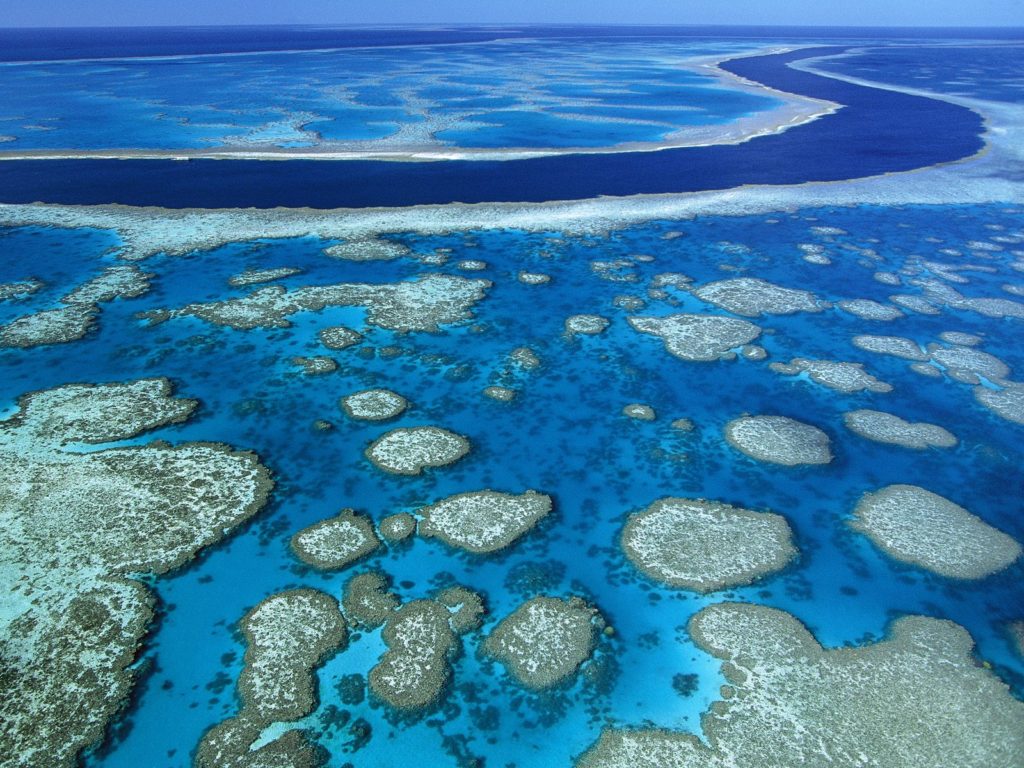

Ocean 2050: How to sustain our biggest ecosystem
By Sylvia Earle, Published in BBC Future
Predicting the future state of the ocean is tricky, partly because we still know so little about this vast ecosystem that makes up so much of our planet. Presently, less than 10% of the ocean floor has been mapped with accuracy comparable to what exists for the terrestrial parts of our planet, or Mars, Venus and the dark side of the Moon. Little is known about most of the ocean itself, the water that exists between the upper sunlit region and the deep terrain below. While a dozen people have walked on the moon 240,000 miles (390,000 km) above the Earth’s surface, only three have descended – and returned – from the deepest part in the sea, seven miles (11 km) below our realm.
httpvh://youtu.be/43DuLcBFxoY
Sylvia Earle: How to protect the oceans, from TEDx (2009)
A recent 10-year assessment of life in the sea accounted for about a quarter-of-a-million marine species, with an estimated million, perhaps 10 million more yet to be discovered and at least given a name (and that doesn’t include microbial forms). The largest animal in the sea, Architeuthys dux – the giant squid of all giant squids – eluded being seen alive by humans in its own, dark realm until 2013. What else is out there, down there, awaiting discovery?
While the magnitude of our ignorance is vast, enough is known to realize that the ocean governs the way the world functions, drives climate and weather, generates more than half of the oxygen in the atmosphere, shapes planetary chemistry, stabilizes temperature, and otherwise makes Earth hospitable for humankind and life as we know it. Water is the key, the single non-negotiable thing life requires. Earth’s oceans are 97% water, but in reality it is much more – a living minestrone, dominated by a microbial matrix of bacteria, single-celled organisms, viruses and microscopic planktonic organisms as well as legions of small, medium and large creatures that together shape planetary chemistry. The ocean, including the watery realm deep within the cracks in the rocks under the seafloor, comprises more than 90% of the biosphere.
We now know the ocean is the cornerstone of Earth’s life support system. It is the living blue engine that sets Earth apart from any other place in the Universe that we know of. If it is in trouble, so are we. It is, and we are. Once thought to be too big to fail, it is increasingly obvious that there are limits to what can be put into the sea, such as CO2, toxic and nuclear waste, plastic debris. And there also limits to what can be taken out – oil, gas, minerals, wildlife – without serious consequences to things we care about: the economy, our health, security and, most importantly of all, our existence.
We should hold as our highest priority taking care of the ocean systems that make our lives possible. So, 40 years hence, what will the oceans be like?
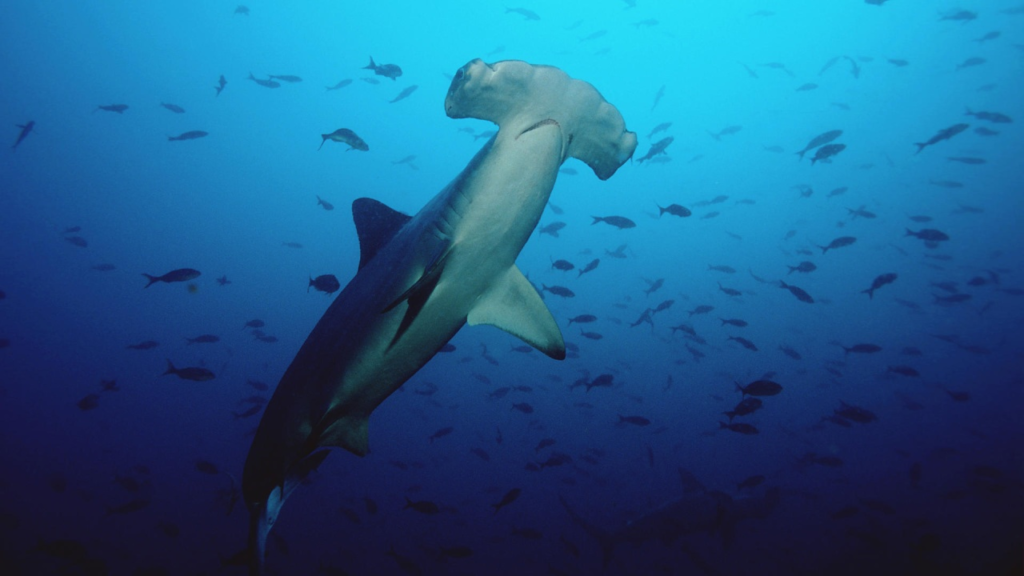

Aquaculture and Ecotourism, Not Industrial Fishing
Some of us rely on ocean wildlife as a source of locally caught and locally consumed food, but industrial-scale extraction of shrimp, fish and other animals for luxury markets, fertilizer, oil and food for domestic animals is swiftly depleting wild populations both in coastal areas and increasingly in the high seas, beyond local jurisdiction. Fish and other ocean wildlife are taking on new importance in the eyes of many as vital elements in ocean ecosystems, just as wild birds, once primarily targeted for the table, are now regarded with significant ecological and aesthetic esteem. Already, tourism that relies on living fish and intact ocean ecosystems is economically more valuable than fisheries in many island countries. A live whale or whale shark or coral reef fish can be a source of tourism revenues for decades or taken to market – once. Perhaps by 2050, fish watching will rival the sport of spotting birds.
Many of our favorite fish are themselves fish eaters. When we farm these carnivores, we need lots of wild fish to feed them. On average it takes over three pounds of wild fish to grow a pound of farmed salmon. Alternative feeds are being developed to reduce this dependence on wild fish. But the best solution may be farming shellfish and non-fish eaters like tilapia and catfish. — From Seafood Watch
By then, however, some species may be rare or non-existent. Ninety percent of many kinds of commercially exploited species – tuna, swordfish, sharks, marlin, salmon, cod, grouper, seahorses and other ocean wildlife – have been extracted already, plucked from the sea much faster than they can recover. Sharks, once feared as voracious man-eaters must now fear man (and woman) as voracious shark-eaters. In the next 40 years, either fishing policies will have shifted toward reduction of large scale exploitation of ocean wildlife by choice, or they will have shifted because the number of fish can no longer justify the investment needed to catch them.
It is likely that some creatures, such as Northern Right Whale, now numbering about 300, will not survive, nor will several other marine mammals with fewer than 1,000 individuals – the Mexican Vaquita, New Zealand’s Hector’s and Maui dolphin, the Mediterranean Monk seal. The outlook for bluefin tuna is bleak given the swift decline to fewer than 10% of its 1970s population, which coincided with a sharp increase in their value for luxury tastes. In 2012 a young bluefin sold in Tokyo for $736,000; in 2013 one weighing 222kg (488lb) brought $1.8m – kilo for kilo eight times the value of silver.
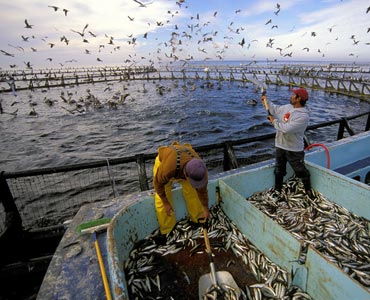

Aquaculture Contamination: When fish are farmed in open net pens, byproducts are released directly into the environment. This includes fish waste, uneaten food, disease, parasites, pesticides and antibiotics that can be harmful to the environment. In contrast, “closed” systems collect and manage these byproducts and have less impact. — Seafood Watch
Presently, aquaculture accounts for about half of all of the aquatic animals consumed, and the amount is increasing. Some methods, especially water-efficient inland closed systems (“more crop per drop”) which focus on fast-growing plant-eating fish, are an especially promising, cost-effective way of translating energy from the sun through plants to animal protein for human consumption. The same rationale that has led farmers to raise plant-eating animals on the land (chickens and cows rather than leopards and owls) is driving a trend toward cultivation of catfish, tilapia, carp and other herbivorous fish. Rather than squeeze valuable omega-3 rich oils from small fish and krill, some companies like Martek Biosciences are cultivating oil-rich plankton in land-based facilities, thereby setting a high standard for smart aquaculture.
It is likely that by 2050 the present tendency to raise carnivorous fish such as salmon, tuna, sturgeon and Arctic char will be limited to high-end luxury markets owing to the mathematics of food cost and efficiency. It takes about two pounds of plants to grow a pound of year-old tilapia or chicken. The older the animal and the farther up the food chain, the higher the cost. Several thousands of pounds of plants are invested in a three-year-old cultivated salmon and even more in wild 10-year-old tunas or sharks that occupy the end of a long, convoluted food chain.
Aquaculture farm location is important. Rich coastal waters have been polluted by open net pen farms and hundreds of thousands of acres of coastal mangrove forests have been lost by conversion to shrimp ponds. Protecting important habitats and the species that rely on them for survival are key to sustaining the oceans. — Seafood Watch
In the last 40 years, half the coral reefs, mangrove forests, coastal marshes and seagrass meadows have disappeared. Hundreds of coastal dead zones have developed and the increased carbon dioxide in the atmosphere, now passing 400 parts per million for the first time in human history, is driving planetary warming, melting ice, sea level rise, and most worrisome of all, perhaps, acidification of the ocean.
Water-efficient inland closed [aquaculture] systems (“more crop per drop”) which focus on fast-growing plant-eating fish, are an especially promising, cost-effective way of translating energy from the sun through plants to animal protein for human consumption. — Sylvia Earle
In recent decades coastal nations have claimed jurisdiction over waters 200 miles from the shore, greatly extending their responsibilities – and opportunities – into the ocean.
With half of the Arctic’s summer sea ice now gone, how long before open water will prevail there the year around? From zero coastal “dead zones” in 1980 to hundreds today, how many will there be when today’s children are having children? Will human ingenuity and the will to resolve the problems facing the ocean – and therefore our future prosperity – be enough to avert the dire predictions about what will happen if we do not?
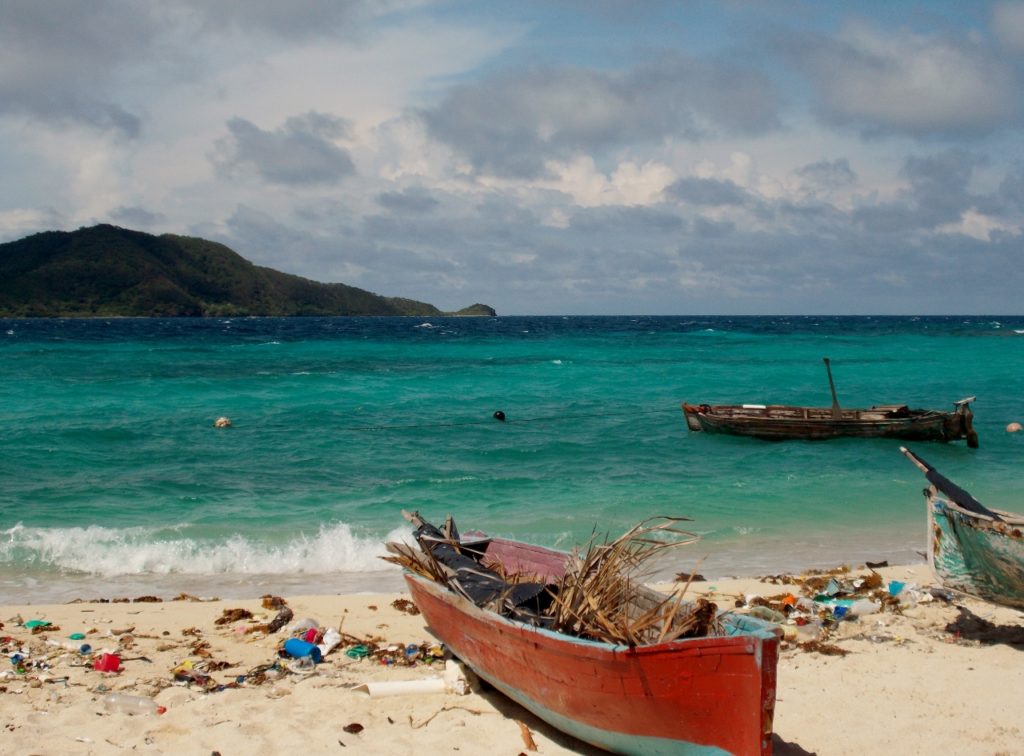

Making peace with the ocean
Halfway across the Pacific Ocean on Midway Island, I recently contemplated these weighty questions in the presence of a Laysan albatross known as Wisdom, a bird banded with an ID tag in the 1950s and at the moment s4erenely warming her most recent egg. She was learning to fly over broad areas of the open ocean at about the same time I first began to dive under the sea. During her decades of flight and annual returns to her special nest site, she has witnessed a catastrophic decline of her species and other sea birds coincident with more than a doubling of the number of humans. She has survived the avalanche of trash, lost and discarded fishing gear and plastic debris new to the sea in recent times, and has endured despite increasing competition with humans for decreasing numbers of the squid and small fish vital for her sustenance and that of her ever-hungry yearly chick.
Wisdom cannot know why the world has changed so greatly during her more than half-century of experience, nor would she know what to do even if she understood. Humans are the only ones who know the reasons underlying the worrisome changes, and we are the only ones with the means to do something about them.
We have a choice. Technologies exist now to greatly expand the current modest global network of monitoring and observation stations to better predict and track weather, major storms, earthquakes, tsunamis and ocean chemistry. Coupled with satellites and other systems that acquire, transmit, analyze and store data, a growing fleet of manned, remotely operated and autonomous unmanned systems are providing vital knowledge about the ocean. Smart underwater floats and gliders are rapidly improving the quality and quantity of surveying and mapping. New batteries, new designs and the possibility of using clear glass to build deep submersibles to take people to full ocean depth for science, recreation and effective observations are on the horizon.
For the same reasons that scientists camp out for weeks in the desert, systems such as the Aquarius Undersea laboratory based near Key Largo, Florida, may become a more common means for scientists to explore coral reefs and other habitats by submerging in their midst for days and weeks at a time.
If we have the will we can, by 2050, cut CO2 emissions by half compared to 1990 and stabilize global warming below two degrees Celsius. We can choose to expand the current portion of the ocean dedicated to protection from just over 2% to 20% by 2020, or more if, as some propose, we treat the high seas as a Global Public Trust, free from humans extracting anything other than oxygen and water vapor. There is time, but not a lot, to make peace with the ocean by 2050, to treat Earth’s great blue realm as though our lives depend on it. Because they do.
National Geographic Society Explorer in Residence Dr. Sylvia A. Earle is an oceanographer, explorer, author and lecturer with experience as a field research scientist, government official, and director for corporate and non-profit organizations. Formerly Chief Scientist of NOAA, Dr. Earle is the Founder of Deep Ocean Exploration and Research, Inc., Founder of Mission Blue and The Sylvia Earle Alliance, Chair of the Advisory Council of the Harte Research Institute, the Ocean in Google Earth, and leader of the NGS Sustainable Seas Expeditions.

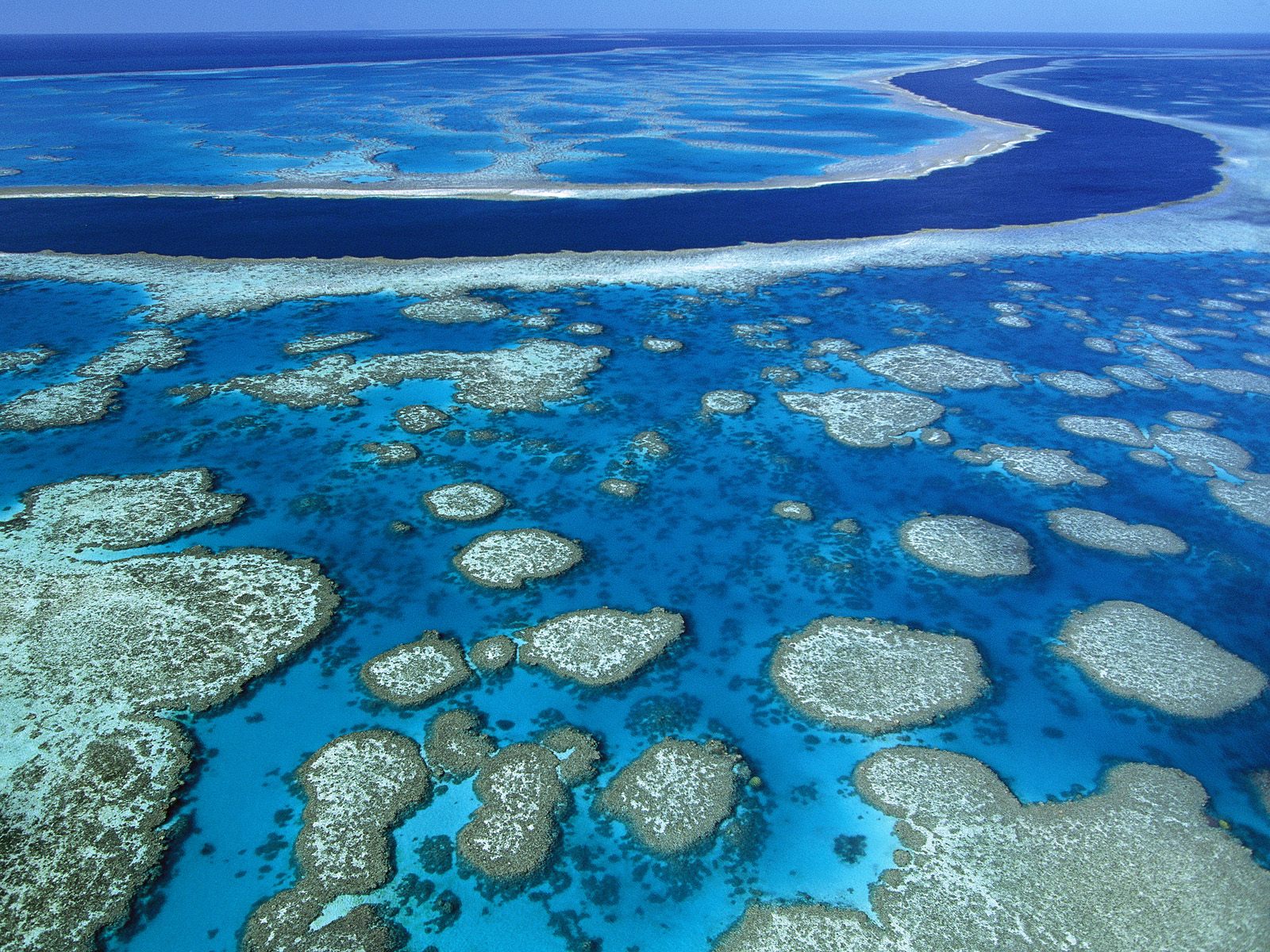








Pingback: Planet Ocean: Land and Seas as One Ecosystem | WilderUtopia.com
Pingback: Disappearing Cod: Long-Term Ban Necessary | WilderUtopia.com